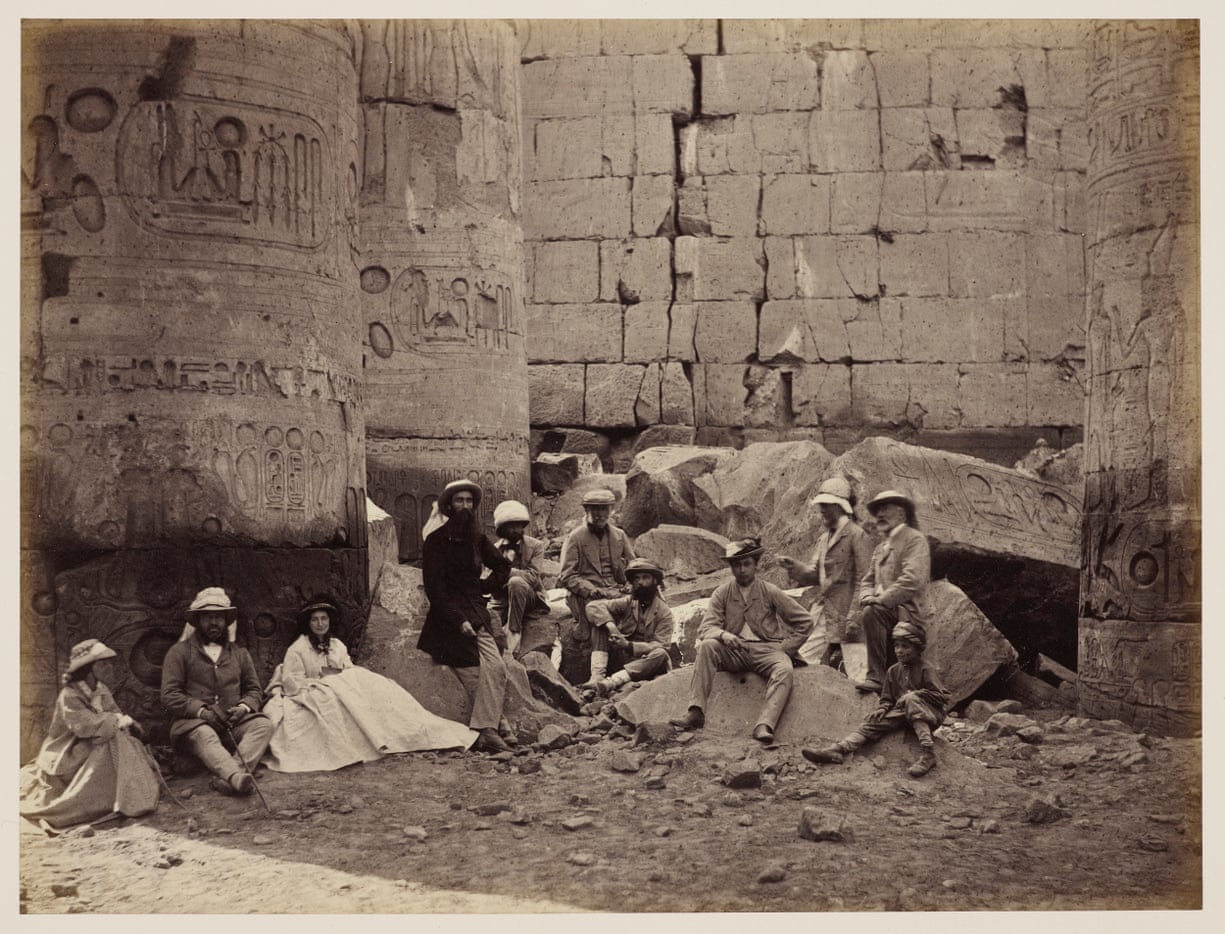Edinburgh animator brings vintage photographs to life in incredible new videos
Digitising old photographs to include colourisation, 3D effects and even animation seems to be the "in" thing at the moment judging by this latest article - the second to feature on this blog in recent months following a similar project in Coventry as reported here.
 |
| John Knox House, Edinburgh, c.1865 source - Wikimedia Commons |
This time we find ourselves in Edinburgh, where a local film and animation enthusiast has used his skills in 3D and visual effects to bring images of Auld Reekie from across the decades to life. With support and encouragement from a local history Facebook page, and inspired by the same Youtube videographer I mentioned in the Coventry article who upscales century-old footage of New York, Paris and elsewhere, Scottish filmmaker Steven Jefferies has taken still photographs of his home city from the 1950s all the way back to the 1870s and turned them into moving pictures using modern digital techniques.
 |
| Leith Pier, Edinburgh, 1870 source - Monovisions |
The result is quite remarkable, blurring the lines between static photography and moving images - in the case of the latter quite a valuable addition inasmuch as it provides quasi cine-footage of the 1870s, a time before such technology existed, thereby adding a new level of immediacy and familiarity to otherwise motionless images.
 |
| Edinburgh, c.1870s source - Monovisions |
The footage seems to have gone down well with the people of Edinburgh, as well it should, giving a new lease of life and fresh perspective to these old photos, preserving their memories in a new and exciting way - a way that might hopefully engage with the younger generation, perhaps even encourage some to take a further interest in their local history and - who knows? - maybe pursue a career in [digital] photographic conservation.
 |
| The Cowgate arch of George IV Bridge, Edinburgh, 1860 source - Monovisions |
In the meantime I congratulate Mr Jefferies on his Living Pictures Project and - as with the Coventry Rebuilt initiative - add my voice to those who have expressed the hope that it is something that will continue to grow (with the assistance of the Lost Edinburgh Facebook page) into a valuable historical asset for the local community.




















